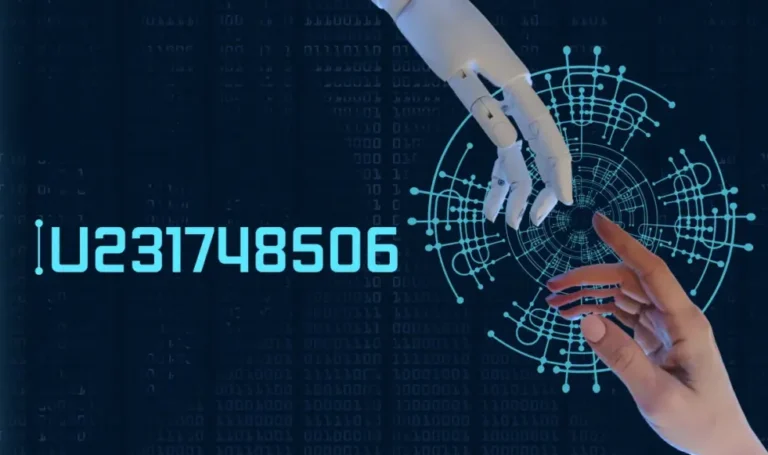Enhancing Academic Honesty with AI-Powered Detection Tools
Introduction to AI in Plagiarism Detection
Artificial intelligence (AI) has revolutionized numerous industries and education is no exception. One of the most significant impacts of AI on education is in the realm of plagiarism detection. This technology enables institutions to maintain academic integrity by swiftly and accurately identifying and managing instances of content duplication. Using an AI detector is a common practice in many educational institutions to uphold honesty and originality in academic work. The automation and precision offered by AI tools ensure that educational standards are upheld, fostering a culture of genuine effort and learning.
How AI Detects Plagiarism
AI algorithms work by scanning submitted documents and comparing the text against vast databases of academic content, web pages, and other relevant sources. Thanks to advanced techniques like machine learning and natural language processing, these systems can distinguish between more subtle plagiarism, paraphrasing without proper citation, and blatant copying. AI tools can also detect patterns and anomalies in the writing style, making it harder for plagiarists to evade detection. By understanding context and semantics, AI systems can detect when a student has slightly altered text to attempt to bypass traditional plagiarism checks, thus ensuring a more comprehensive analysis.
Benefits of Using AI for Plagiarism Detection
The use of AI in plagiarism detection offers numerous advantages:
- It significantly reduces the time and effort required to identify plagiarized content. Unlike traditional, labor-intensive, and time-consuming methods, AI can quickly scan thousands of documents in a fraction of the time.
- These systems are highly accurate, often exceeding the capabilities of human reviewers.
- AI algorithms continuously learn and improve, making them more adept at recognizing nuanced forms of plagiarism over time.
- AI can handle large volumes of documents, making it especially useful for institutions with substantial student bodies.
Because AI technologies are accurate and efficient, educators can spend more time teaching and less time on administrative work, improving students’ educational experience.
Ethical Considerations and Concerns
While the benefits of AI in plagiarism detection are clear, there are also ethical issues to consider. The primary concern is the privacy of student data. Institutions must comply with all relevant regulations and guidelines to protect personal information. Data encryption and secure handling are essential to safeguard sensitive information from unauthorized access. Another consideration is the potential for false positives, where original content might be mistakenly flagged as plagiarized. It can have severe implications for students, including unfair penalties and academic repercussions. It’s crucial to have a system for reviewing and addressing such cases to avoid unjust consequences. Institutions should also maintain transparency in using AI, ensuring students understand how their work is being evaluated and the importance of maintaining academic integrity.
Case Studies and Success Stories
Several educational institutions have successfully implemented AI-based plagiarism detection tools and have seen positive results. For instance, a large university reported significantly decreasing plagiarism cases after adopting AI technology, leading to a more honest academic environment. Professors noted an improvement in student writing quality, attributing it to the deterrent effect of AI tools. Additionally, professors have pointed out that using these tools has allowed them to focus more on teaching and less on administrative tasks. By automating the process of checking for plagiarism, educators can devote more time to providing valuable feedback and fostering student growth. These achievements demonstrate the revolutionary potential of AI in advancing academic integrity and improving the learning process for all parties.
Future Trends in AI and Plagiarism Detection
As AI technology advances, so will its capabilities in detecting plagiarism. Future trends include real-time plagiarism detection as students type their documents, offering immediate feedback and opportunities for correction. Additionally, improved algorithms that can better understand context and nuance in written content are on the horizon. These advancements will make plagiarism detection even more reliable and integrated into the academic process, fostering a culture of integrity. Integrating AI into the educational landscape promises a future where academic honesty is consistently upheld, and every student’s work truly reflects their effort and abilities.
How to Implement AI Tools in Your Institution
Implementing AI-based plagiarism detection tools in an educational institution requires careful planning and consideration. Start by evaluating different tools and their features to find the best fit for your needs. Consider factors such as accuracy, ease of use, and integration capabilities with existing systems. Training and support for faculty and students are also crucial to ensure smooth adoption. Conducting workshops and providing resources can help users understand the functionality and benefits of the new system. Moreover, establishing clear policies and procedures will help address issues and ensure consistent application. Transparent communication about the purpose and use of AI tools will foster acceptance and adherence to new practices among students and staff alike.
Conclusion
AI has transformed many aspects of education, including plagiarism detection. By utilizing advanced algorithms to scan and compare content, these tools help maintain academic integrity while reducing the workload for educators. The precision and efficiency of AI tools have redefined the standards for academic honesty, making it easier to identify and manage instances of plagiarism. As the technology evolves, it will become even more adept at identifying various forms of plagiarism, making it an indispensable asset for educational institutions worldwide. With ongoing advancements and thoughtful implementation, AI will continue to uphold the values of originality and integrity in academic environments, fostering a culture of honesty and excellence.







